From the September issue of Apollo: preview and subscribe here
Metalpoint drawing is perhaps the most challenging of graphic techniques, its practice often confined to the work of specialists. But, as an exhibition at the British Museum reveals, it has been used to extraordinary expressive effect by some of the most canonical artists in history
The technique of metalpoint drawing has been around for at least 600 years and artists today continue to explore its expressive possibilities; but it is not a method widely known, much less understood, beyond graphic art specialists. As the name suggests, it is a medium reliant on a thin stylus of a soft metal, most commonly silver mixed with copper – although gold, brass, and pure copper serve equally well. The pointed or round-ended tip of a stylus leaves no mark on a plain piece of paper, except to scratch its surface with colourless grooves, but once the sheet has been given a brushed-on preparatory ground it will deposit a glittering metallic line. The exception is a stylus made of lead; the metal’s softness means it will leave a mark on any surface including paper. This flexibility comes at a price since leadpoint does not adhere well to paper without a brushed-on ground, and as such was used less widely than other more durable metalpoints of harder metals. These produce a sharp, distinct line on a drawing surface coated with a slightly abrasive ground, the tooth of which rubs off minute particles of metal when the stylus is moved over the preparation.
From the Renaissance until the introduction of manufactured specialist papers for metalpoint drawing in the mid 1800s, the most common recipe for making a preparation with the required abrasiveness was an aqueous mix of burnt and pulverised animal bones bound together with glue or gum. This could be brushed on to any material in one or more layers, so metalpoint drawings are found on a variety of surfaces: fine-grained wooden panels, paper, as well as parchment. Italian artists in the Renaissance period differed from their counterparts north of the Alps in their preference for adding pigment to the preparation so that it acted as a mid-tone between the greyish hues of the silverpoint line and the white bodycolour highlights. This combination, and its effectiveness in creating a sense of three-dimensional, sculptural presence is clear in the Florentine artist Fra Filippo Lippi’s study from the 1460s, likely for a Virgin Mary gazing up at her son on the cross, her outstretched hands eloquently expressive of her grief. The contrast between the blues, greys, and pinks typical of Italian Renaissance preparations and the austere purity of those from northern Europe is the most visible sign of the divide between the two. But far more profound differences emerged while preparing the forthcoming British Museum exhibition ‘Drawing in Silver and Gold: Leonardo to Jasper Johns’.
The show is a collaboration with the National Gallery of Art, Washington, where it was first shown this summer. By pooling the curatorial, scientific and conservation resources of the two institutions, as well as the collections – the British Museum is responsible for the bulk of the drawings thanks to the richness of their Renaissance holdings – we could relate, for the first time, the extended history of metalpoint drawing. The individual curators are already well versed in the part that metalpoint drawing plays in the national schools in which they specialise; however the exhibition demanded us to look beyond geographical boundaries at the technique’s entire, and at times fractured, history. Metalpoint was used throughout Europe in the 1400s, but it was virtually abandoned by Italian artists by the mid 16th century, although in northern Europe it continued to flourish until the end of the 17th century. It disappeared in the 1700s, except among miniaturists, until it was revived in the first half of the 1800s by artists keen to experiment with a graphic method associated with the creative flowering of the Renaissance – be it in Italy, with Leonardo and Raphael, or north of the Alps with masters such as Rogier van der Weyden, Hans Holbein the Elder and Albrecht Dürer.
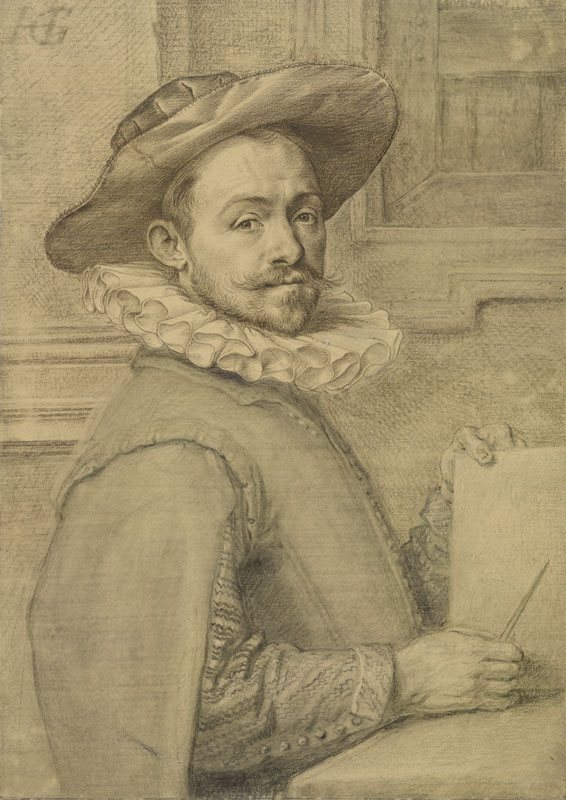
Self-Portrait holding a copper plate and a burin (c. 1589), Hendrick Goltzius (1558–1617). British Museum, London
An artist picking up a metalpoint stylus today faces the same challenge as those in 15th-century Nuremberg, Bruges or Florence since it is a graphic medium that imposes limits on its usage. It is predominantly a linear technique in which tonal modelling is rendered through changes in the density of the hatching; altering the pressure exerted on the stylus tip does not, unlike pen and chalk, significantly darken or lighten the line. Its tonal range can be expanded by combining it with other graphic media, as in Hendrick Goltzius’s Self-Portrait from the late 1580s. It is not coincidental that the Netherlands was then at the forefront of technical innovation in lens manufacture. The level of detail in the artist’s self-confident presentation of himself as an engraver – burin and copper plate in hand – seems tailor made for scrutiny. The degree of dexterity in the Dutch artist’s control of the stylus, and the mental formulation of how to render three-dimensional form through deft use of the untouched yellow preparation as a highlight, underlines why learning to draw in metalpoint was the cornerstone of Renaissance artistic education.
The workshop-based production of paintings in much of 15th-century Europe required that masters train their pupils to a level that made them useful participants in that process, allowing them to become adept in creating works in a unified style. Copying designs, either painted or drawn, in metalpoint served both ends as it honed the manual and mental abilities of the pupils, while also inculcating them in the master’s manner and process of invention. This rigorous process of artistic transmission was most prevalent among 15th-century Netherlandish artists. The only generally accepted drawing by Rogier van der Weyden appears at first-glance to be a vivid portrait of a young woman, including observational details such as the way that the reflected light from the crisp white folds of her headdress lighten the shadows of her jawline. But the precise contours of her outlined hand suggest that the artist did not draw the sitter from life. More likely it is a refined copy of a now lost painted portrait.
Drawn models of this kind had to stand up to repeated handling as drawings were key resources in a Renaissance workshop: a stock of ideas used by a master and his pupils in the generation of paintings, and as such a precious asset to be handed down to the next generation. The durability of metalpoint drawings, on account of the layer of preparation that made paper more robust to wear, and the medium’s resistance to erasure, underlies their popularity among 15th-century artists across Europe. This became less important as the rise of printmaking in the first half of the 16th century reduced the need for workshops to have a stock of drawn models to copy from as engravings served just as well. Moreover there was an increasing premium among patrons on artistic originality. Metalpoint’s robustness was thus less highly prized although it did not cease to be valued for other reasons.
What ‘Drawing in Silver and Gold’ strikingly reveals is how the majority of Italian artists, in particular those from Florence where the manual and conceptual mastery of drawing was prized, never explored metalpoint drawing beyond how they had been taught to use it in their artistic training. Metalpoint drawing remained a studio-based activity focused on the figure, whether a posed model, as in Leonardo’s renowned study of a woman’s hands (c. 1489–90), an idealised flight of fancy, or, as is often the case, a mixture of the two. The Studies of Hands reveals how a stylus can produce precisely orchestrated shading as well as free-flowing contours responsive to gestural inflections. As a graphic instrument it can keep up with even the most spontaneous rate of invention that is such an electrifying feature of drawing across the ages, from Raphael to Bruce Nauman. A stylus, unlike a quill or a stick of chalk, requires neither recharging with ink nor resharpening of its point.
It was Leonardo who recognised that these qualities made metalpoint an ideal tool for drawing outside the studio. The exhibition includes a marvellous example: a sheet of observational studies of a restless horse dating from the Florentine artist’s preparation around 1490, used to cast a gigantic equestrian sculpture in honour of his Sforza patrons in Milan. Such drawings did not inspire others in Italy to follow his lead, perhaps because by the second half of the 1490s Leonardo had largely abandoned metalpoint; its tonal limitations and fine detail were ill suited to his growing interest in chiaroscuro and working on a monumental scale. The technique’s final glorious chapter in Italy was left to Raphael, whose spontaneity and feeling for abstract form were nourished by his study of the metalpoint drawings of Perugino and Leonardo. His premature death in 1520 essentially signalled the end of Italian metalpoint drawing.
The technique avoided becoming an anachronism in northern Europe because German and Netherlandish artists were more inventive than their conservative Italian counterparts, and they explored the medium’s portability in a variety of ways. Chief among these was the use of metalpoint to make portraits. The exhibition includes superlative examples by the Augsburg artist Hans Holbein the Elder, including a penetrating portrait from Berlin of the banker Jacob Fugger, and a tender bust-length portrayal of his brother Sigmund that features delicate touches of red chalk on his cheek and lips to increase the sense of flesh and blood. Such artistic scrutiny can be found in Goltzius’s late 16th-century metalpoint sketches, which capture the curled-up snugness of his slumbering pet dog, as well as a then exotic tobacco plant.
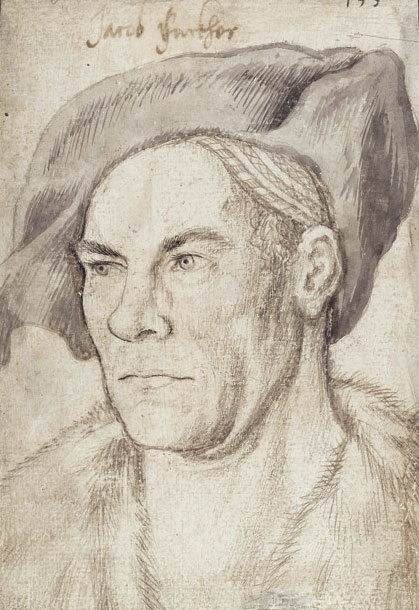
Portrait of Jacob Fugger (c. 1509), Hans Holbein the Elder (c. 1465–1524) Staatliche Museen zu Berlin, Kupferstichkabinett
Whether Goltzius was aware of it or not, the use of metalpoint for jotting down and recording the passing details of everyday life was pioneered by that towering figure of the northern Renaissance, Albrecht Dürer. The five examples by his hand in the exhibition reflect his versatility as a metalpoint silverpoint – they range from an Italianate study of a female head on a coloured ground with copious white heightening, to three pages of his silverpoint sketchbook from his trip to the Netherlands in 1520–21. They also document his restless curiosity in recording the sights on his trip northwards, which encompassed both Aachen’s cathedral, as well as the poised elegance of a hunting dog.
This memorialising tradition of metalpoint drawing which emerged as a particular feature north of the Alps underlies why Rembrandt made use of it seemingly only once in his career – to record his 1633 trip to Friesland to ask for the hand of Saskia van Uylenburgh. The exhibition includes two of the three surviving silverpoints associated with this trip, both landscapes borrowed from Berlin and Rotterdam, respectively. The fact that none of his many pupils ever seem to have experimented with the technique suggests that these drawings of Friesland were an isolated, and perhaps highly personal example of his engagement. Rembrandt’s choice of technique seems therefore laden with significance: his recording of such a crucial episode in his life in durable metalpoint is a conscious alignment with past northern European masters, stretching from Petrus Christus and van der Weyden in the 1400s to Lucas van Leyden and Dürer in the 16th century.
The rich graphic heritage of metalpoint drawing was instrumental to its revival in the first half of the 19th century as artists looked for guidance from the purity of Renaissance art. British artists such as the Pre-Raphaelite William Henry Hunt and later the French-born professor at the Slade, Alphonse Legros, led this renewed interest in the technique. They were in part inspired by the remarkable holdings of Renaissance examples to be found in the British Museum and among private collectors, most notably John Malcolm of Poltalloch whose collection included the renowned Bust of a Warrior (c. 1475–80) by the youthful Leonardo. This was acquired, along with the rest of his superlative holdings of Old Master drawings, by the British Museum in 1895, two years after Malcolm’s death.
The attraction of metalpoint’s venerable tradition resonates in Otto Dix’s preference for the technique in the early 1930s. This was at a time when his art was under attack from the Nazis; following their election success in 1933 he was sacked from his professorship at Dresden. He sought shelter at Randegg in south Germany near to the Swiss border. His landscape drawing, on loan here from Karlsruhe, of the town’s Jewish cemetery executed a year later is laced with menace and foreboding, with dark storm clouds blotting out the sun’s radiance. The enduring nature of metalpoint, and its centuries-long challenge to artists is established on the opening wall of ‘Drawing in Silver and Gold’ with the pairing of Leonardo’s Studies of Hands with Bruce Nauman’s rapid notational study of the same motif (2013). The American artist made this while watching a video of his hands moving in response to his own verbal instructions. The two drawings, in spite of their conceptual and temporal gulf, are intriguingly similar – both artists have raced to keep the stylus abreast of rapid changes of mind. Further unexpected dialogues of this kind will surely emerge during the course of the exhibition, and it remains to be seen whether such a stellar gathering of metalpoint drawings in London will inspire a fresh crop of artists to explore the possibilities of its lustrous line.
‘Drawing in Silver and Gold: Leonardo to Jasper Johns’ is at the British Museum, London from 10 September–6 December.
Hugo Chapman is keeper of prints and drawings at the British Museum, London.
Click here to buy the latest issue of Apollo
Unlimited access from just $16 every 3 months
Subscribe to get unlimited and exclusive access to the top art stories, interviews and exhibition reviews.

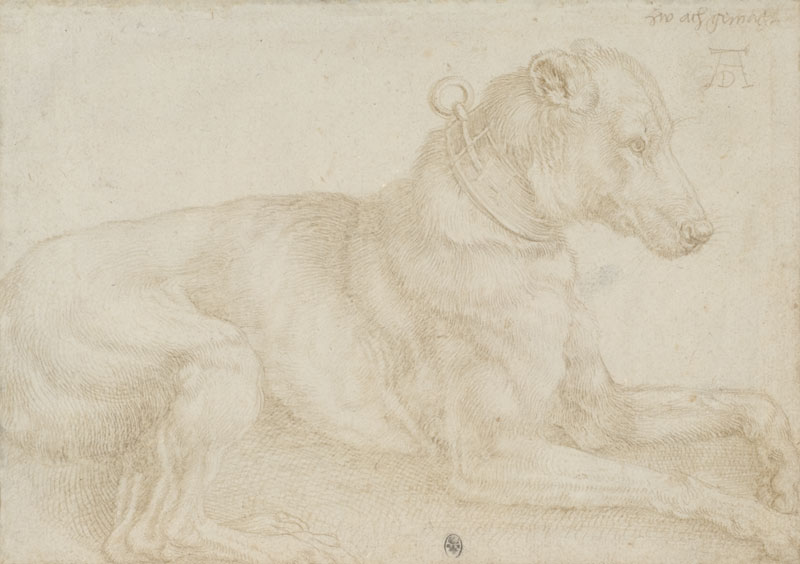
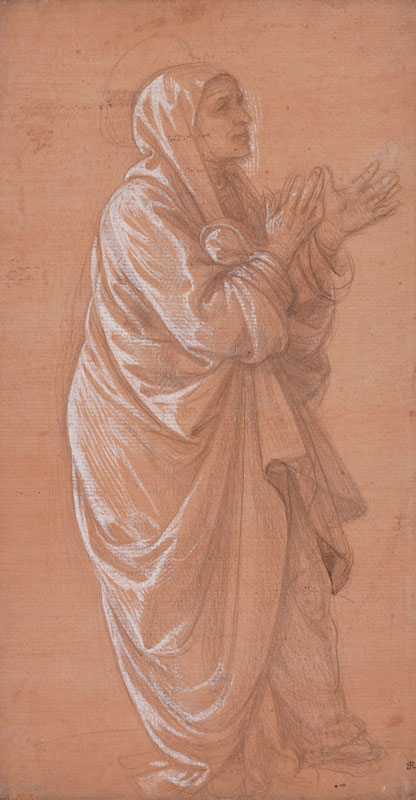
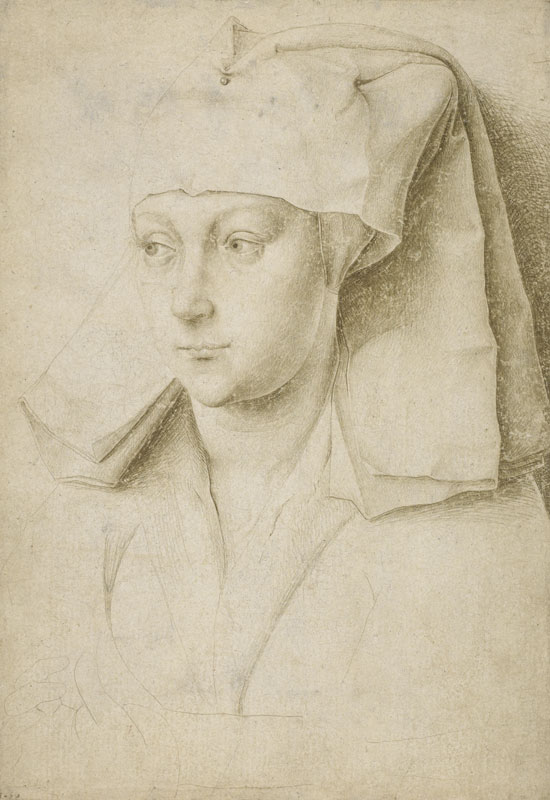
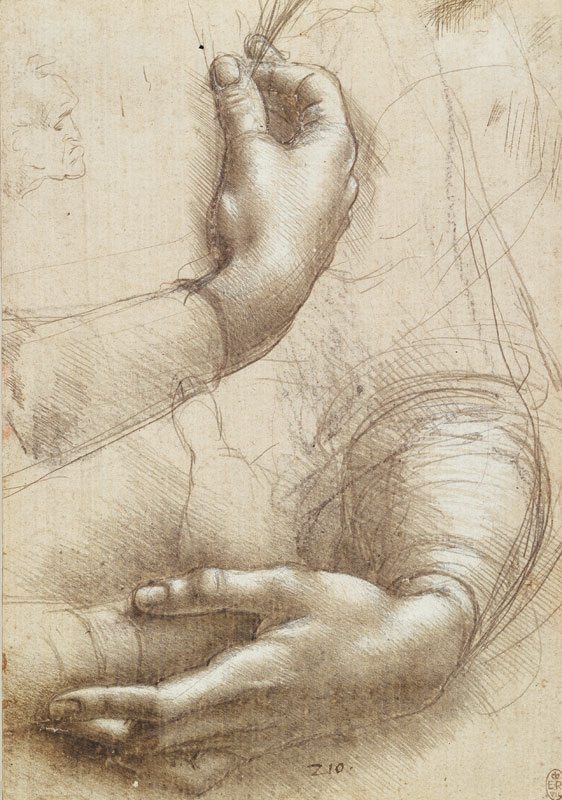
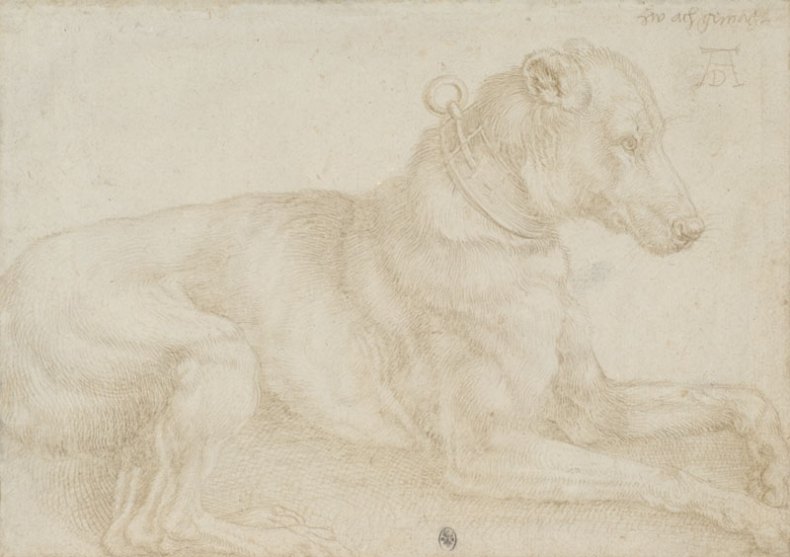
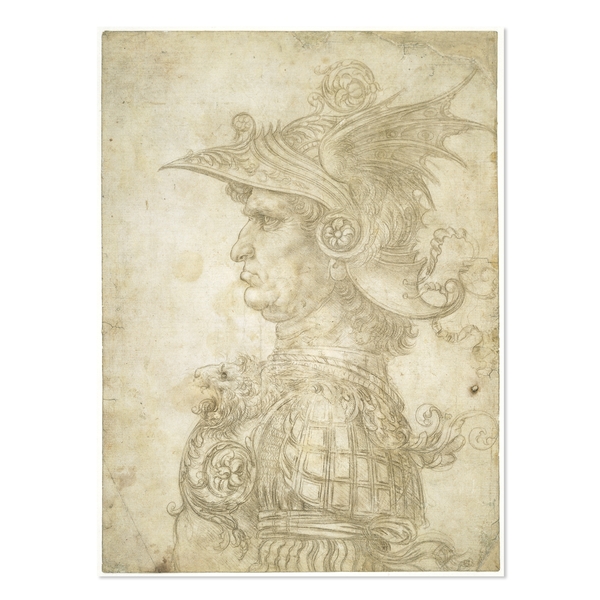
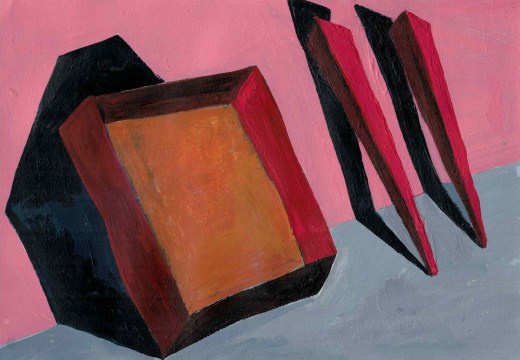
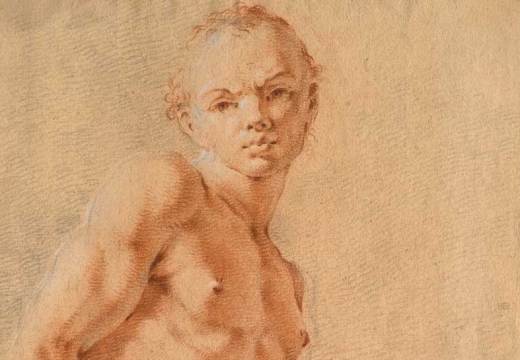
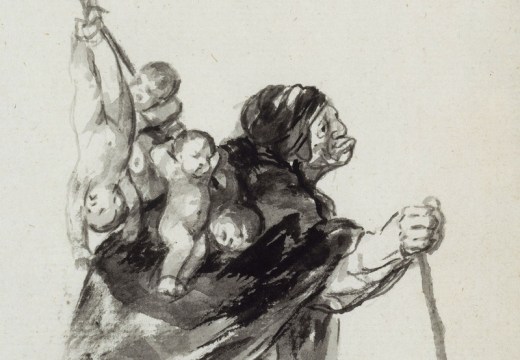









![Masterpiece [Re]discovery 2022. Photo: Ben Fisher Photography, courtesy of Masterpiece London](http://www.apollo-magazine.com/wp-content/uploads/2022/07/MPL2022_4263.jpg)
It’s time for the government of London to return to its rightful home